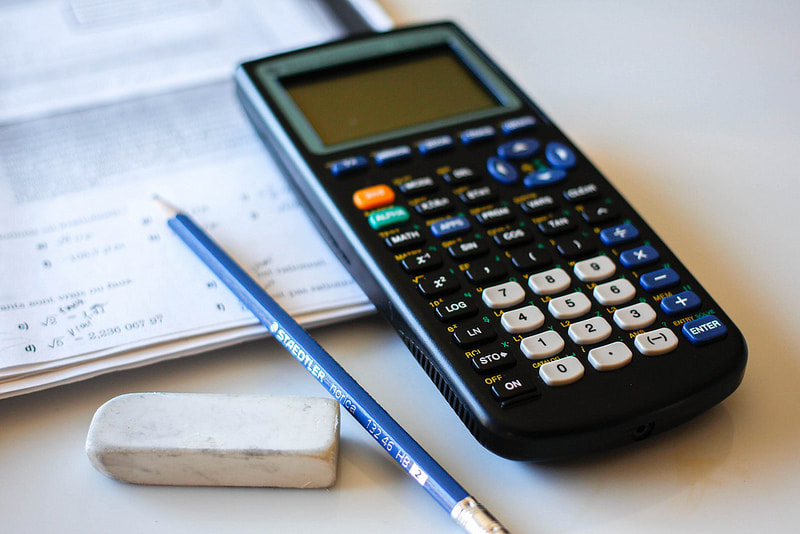- MLSS & TSS are the same thing. Both measure total solids in a liquid sample. TSS usually refers to effluent solids, where MLSS is usually solids in the aeration basin.
- First weigh the filter to get baseline weight. Make sure the filter is dry!
- MLSS is the total solids. What we do is dry in an oven at 105 Deg C for at least 1 hour - this evaporates the water in the sample leaving dried contents of the sample.
- After calculating the MLSS, you put the same filter in the 550 Deg C furnace for 30 minutes. At 550 Deg C, you flash off the volatile organic fraction leaving inorganic portion of the MLSS. When you weigh the cooled filter, you obtain the weight of non-volatile solids.
- For calculating the volatile solids or MLVSS, you take the MLSS number - the non-volatile solids (last step). This gives you the MLVSS.
- When calculating F/M you can use either MLSS or MLVSS - just make sure you are consistent.
|
I have received several questions on MLSS & MLVSS testing and how to calculate volatiles vs non-volatile fractions. Instead of regurgitating formulas, I will walk through the test calculations the way I remember the math.
Comments are closed.
|
AuthorErik Rumbaugh has been involved in biological waste treatment for over 20 years. He has worked with industrial and municipal wastewater facilities to ensure optimal performance of their treatment systems. He is a founder of Aster Bio (www.asterbio.com) specializing in biological waste treatment. Click to set custom HTML
Archives
April 2024
|


 RSS Feed
RSS Feed